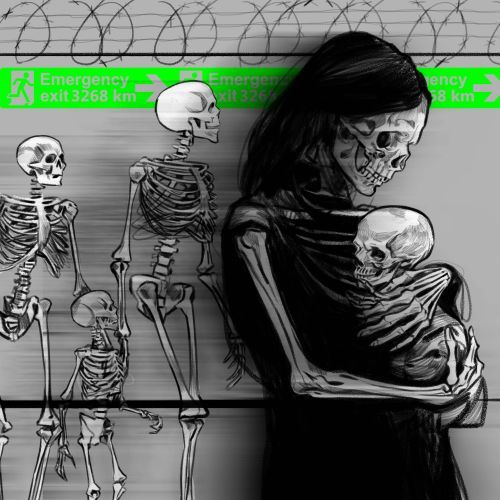Migrants, refugees and the biggest refugee crises in numbers
According to data as of mid-2020, there were 281 million international migrants (people born in another country or have citizenship other than the country in which they reside). 48% are girls and women, and 13% are people under 18. By mid-2023, there were an estimated total of 36,4 million refugees and 6,1 million asylum seekers. Between 2014 and 2023, at least 59,437 people lost their lives or went missing during international migration. In the years 2002–2021, over 156,000 were identified or reported as cases of human trafficking. However, at the end of 2022, 71,1 million people had to migrate within their own country’s borders – 62,5 million due to conflicts and violence and 8,7 million due to disasters.
As for OECD (Organization for Economic Co-operation and Development) countries, permanent migration to them increased by 26% in 2022 compared to 2021. Preliminary data for 2023 indicate a further increase. In 2022, people from Venezuela, Cuba, Afghanistan and Nicaragua were the most likely to apply for asylum in OECD countries. In the case of refugees from Ukraine, as of June 2023, there were approximately 4,7 million Ukrainian women and Ukrainians in OECD countries. Germany, Poland and the United States accepted the most significant numbers of refugees from Ukraine in absolute terms, and Estonia, the Czech Republic and Lithuania in percentage of the population.
The most significant refugee crises in recent years include the crisis in Eritrea (501,000 people), the Central African Republic (over a million people), Somalia (over a million people), Sudan (over 800,000 people), in the Democratic Republic of the Congo (over 900,000 . people), in Myanmar (over 1 million people), in Afghanistan (almost 3 million people), in South Sudan (over 4 million people), in Venezuela (over 5,5 million people), in Syria (6,8 million people) and Ukraine (over 8 million people).























